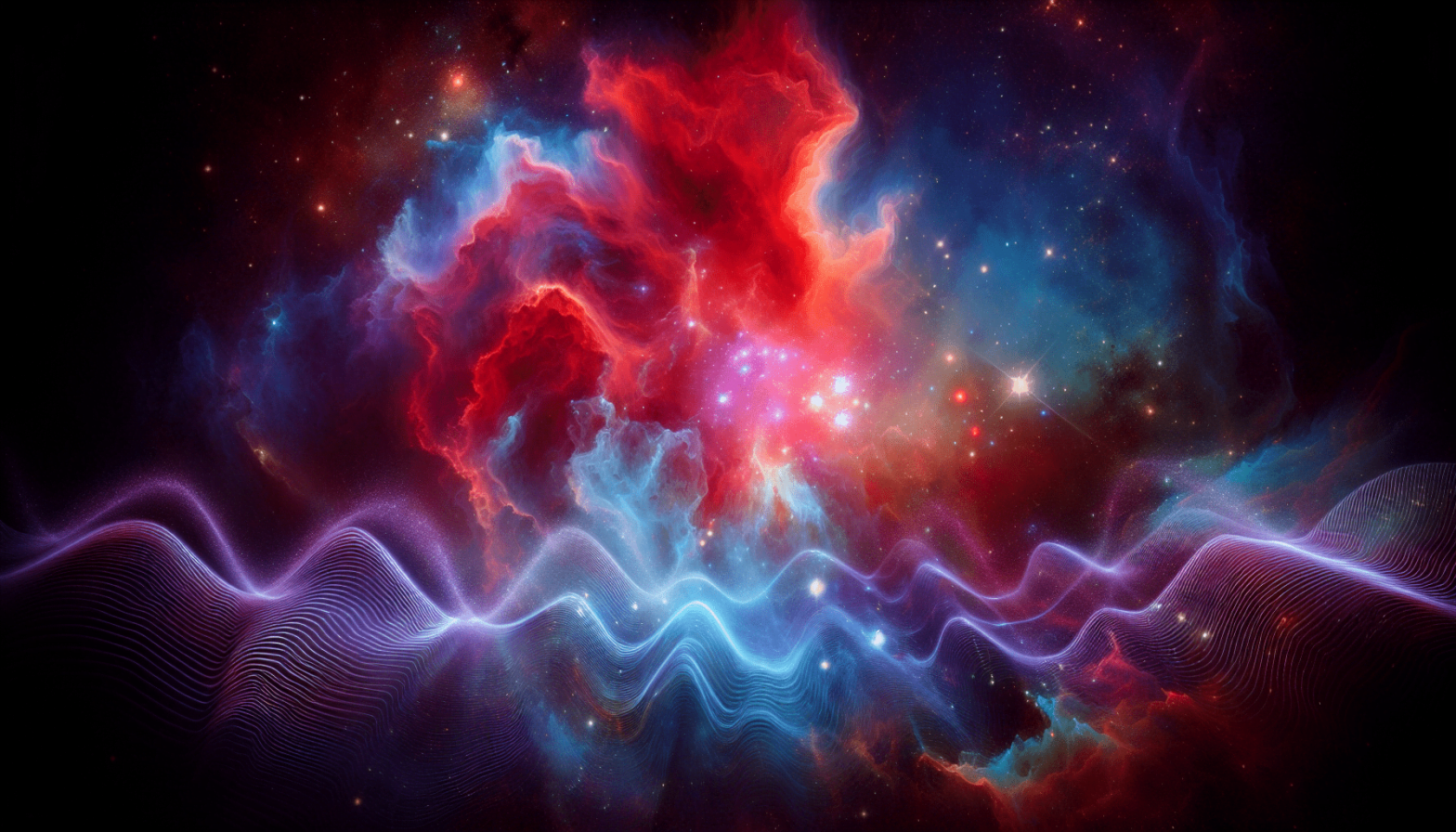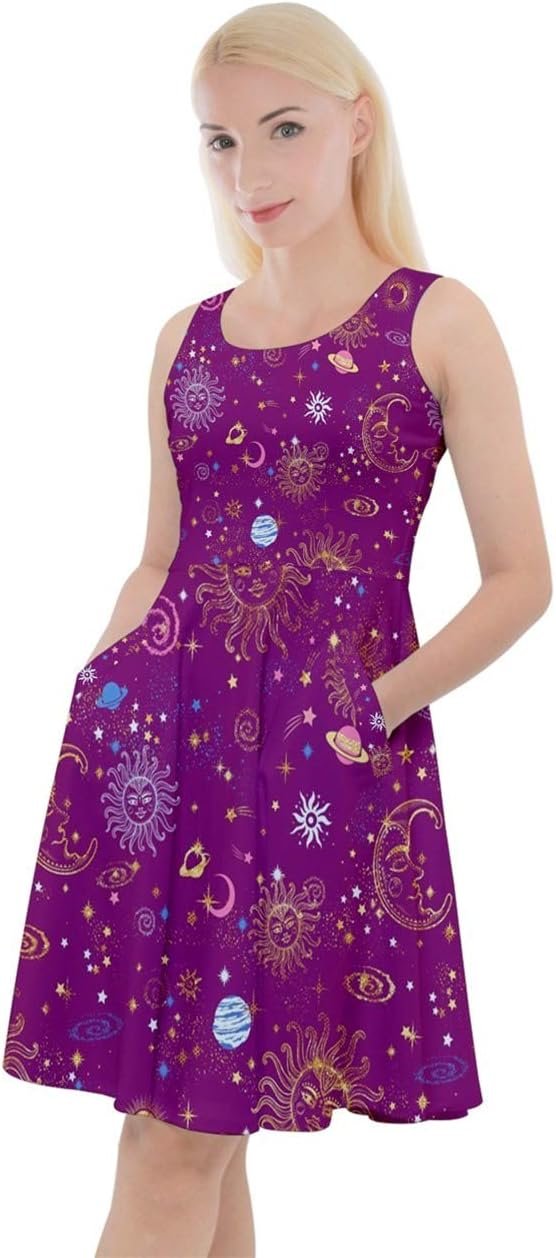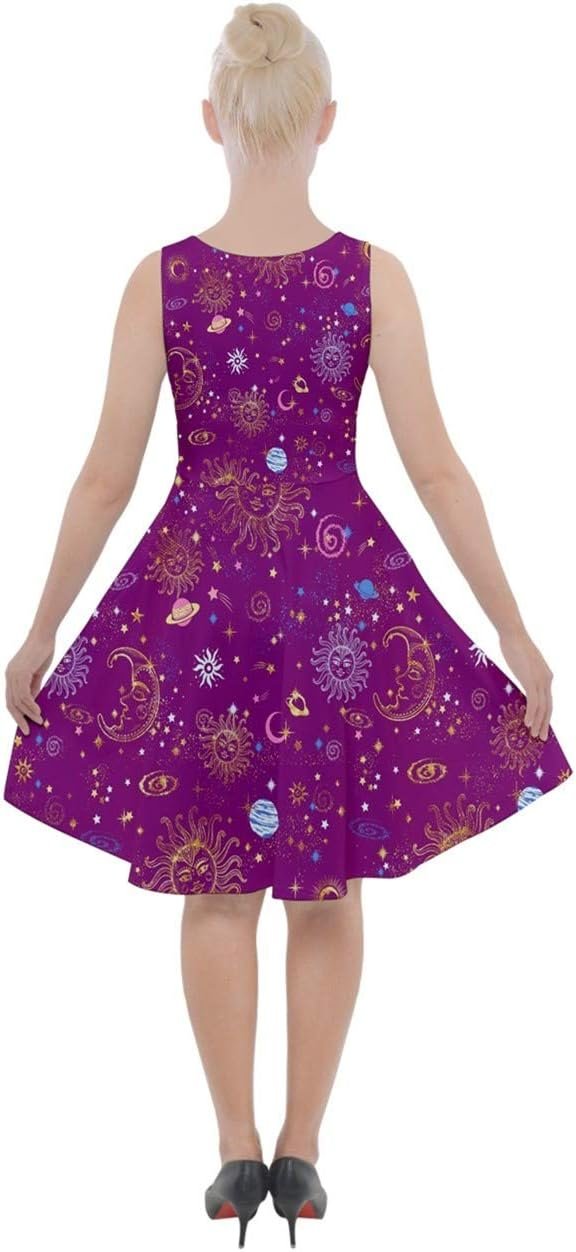Comets and asteroids are two types of celestial bodies that have fascinated scientists and astronomers for centuries. These objects provide valuable insights into the formation and evolution of our solar system. Studying comets and asteroids can help us understand the origins of planets, the distribution of resources in space, and even the potential for life beyond Earth.
Definition of Comets and Asteroids: What Are They?
Comets are icy bodies that originate from the outer regions of the solar system. They are composed of a mixture of water ice, frozen gases, dust, and rocky material. When a comet approaches the Sun, the heat causes the ice to vaporize, creating a glowing coma (a cloud of gas and dust) around the nucleus. This coma can extend for millions of kilometers, forming a beautiful tail that points away from the Sun.
On the other hand, asteroids are rocky or metallic objects that orbit the Sun. They are remnants from the early stages of our solar system’s formation, when planets were still forming. Most asteroids are found in the asteroid belt, a region located between Mars and Jupiter. However, some asteroids have orbits that bring them closer to Earth.
Composition: What Makes Comets and Asteroids Different?
Comets are primarily composed of ice, which gives them their characteristic appearance when they approach the Sun. The ice in comets can be made up of water, carbon dioxide, methane, and ammonia. These volatile substances are trapped within the comet’s nucleus until they are heated by the Sun’s radiation, causing them to vaporize and create a glowing coma.
Asteroids, on the other hand, are made up mostly of rock and metal. They can vary in composition depending on their location in the solar system. Some asteroids are rich in iron and nickel, while others contain more silicate minerals. The composition of asteroids can provide valuable information about the early stages of planet formation and the distribution of resources in space.
Size and Shape: How Do Comets and Asteroids Differ in Appearance?
Comets come in a variety of sizes, ranging from a few kilometers to tens of kilometers in diameter. They often have irregular shapes, with some resembling potatoes or peanuts. The shape of a comet can be influenced by its rotation and the forces exerted on it by the Sun’s gravity.
Asteroids, on the other hand, can vary greatly in size. The largest known asteroid, Ceres, has a diameter of about 940 kilometers, while the smallest asteroids are only a few meters across. Most asteroids have irregular shapes, but some have been found to be more spherical in shape. The size and shape of asteroids can provide clues about their formation and history.
Orbits: How Do Comets and Asteroids Move in Space?
Comets have highly elliptical orbits that can take them from the outer regions of the solar system to close proximity to the Sun. When a comet is far from the Sun, it is in a dormant state and is difficult to observe. However, as it approaches the Sun, the heat causes the ice to vaporize and creates a glowing coma around the nucleus. The pressure from the solar wind then pushes the coma away from the Sun, forming a tail that points away from it.
Asteroids, on the other hand, have more circular or elliptical orbits that are generally confined to the asteroid belt. However, some asteroids have orbits that bring them closer to Earth, making them potentially hazardous objects. These near-Earth asteroids can pose a threat if their orbits intersect with Earth’s orbit.
Origin: What Are the Different Theories About the Origins of Comets and Asteroids?

The origin of comets is still a subject of debate among scientists. One theory suggests that comets formed in the outer regions of the solar system, where the temperatures were low enough for water and other volatile substances to freeze. These icy bodies were then scattered towards the inner regions of the solar system due to gravitational interactions with the giant planets.
Asteroids, on the other hand, are believed to be remnants from the early stages of our solar system’s formation. They are thought to be leftover material that did not accrete into planets. The asteroid belt, located between Mars and Jupiter, is believed to be a region where the gravitational influence of Jupiter prevented the formation of a planet.
Impact on Earth: What Are the Dangers of Comets and Asteroids Colliding with Our Planet?
Comets and asteroids colliding with Earth can have catastrophic consequences. The impact of a large comet or asteroid can release an enormous amount of energy, causing widespread destruction and loss of life. The most famous example of such an impact is the one that is believed to have caused the extinction of the dinosaurs about 65 million years ago.
In more recent history, there have been several documented cases of smaller comets or asteroids impacting Earth. In 1908, a comet or asteroid exploded over Tunguska, Siberia, flattening trees over an area of 2,000 square kilometers. In 2013, a small asteroid exploded over Chelyabinsk, Russia, injuring over 1,000 people and causing damage to buildings.
Exploration: What Are the Challenges of Studying Comets and Asteroids?
Studying comets and asteroids presents several challenges for scientists and astronomers. One of the main challenges is getting close enough to these objects to gather data. Comets and asteroids are small and move at high speeds, making it difficult to send spacecraft to study them up close.
Another challenge is understanding the composition and structure of these objects. Comets and asteroids are made up of a mixture of materials, and determining their exact composition can be challenging. Scientists use a variety of techniques, such as spectroscopy and sample return missions, to analyze the composition of comets and asteroids.
Significance: Why Are Comets and Asteroids Important to Study?
Studying comets and asteroids is important for several reasons. First, these objects provide valuable insights into the early stages of our solar system’s formation. By studying comets and asteroids, scientists can learn more about the processes that led to the formation of planets and other celestial bodies.
Second, comets and asteroids contain valuable resources that could be used in future space exploration missions. For example, water ice found in comets could be used to produce drinking water and rocket fuel. Asteroids could also contain valuable metals and minerals that could be mined in space.
Finally, studying comets and asteroids can help us understand the potential for life beyond Earth. These objects may have delivered organic molecules and water to Earth during its early history, providing the building blocks for life. By studying comets and asteroids, scientists can gain insights into the conditions necessary for life to exist elsewhere in the universe.
Understanding the Differences Between Comets and Asteroids for Future Research.
In conclusion, comets and asteroids are two types of celestial bodies that provide valuable insights into the formation and evolution of our solar system. Comets are icy bodies that originate from the outer regions of the solar system, while asteroids are rocky or metallic objects that orbit the Sun. They differ in composition, size and shape, movement in space, origin, and potential impact on Earth.
Studying comets and asteroids presents several challenges, but it is important for scientists to continue exploring these objects. By studying comets and asteroids, we can learn more about the early stages of our solar system’s formation, the distribution of resources in space, and the potential for life beyond Earth. Continued research and exploration of comets and asteroids will undoubtedly lead to new discoveries and advancements in our understanding of the universe.
If you’re curious to learn more about the fascinating world of comets and asteroids, check out this informative article on The Universe Episodes website. They provide a detailed explanation of the differences between these celestial objects and delve into their unique characteristics. Discover the secrets of comets and asteroids by clicking here.
FAQs
What is a comet?
A comet is a small celestial body that is made up of ice, dust, and rock. When a comet gets close to the sun, the heat causes the ice to vaporize, creating a glowing tail.
What is an asteroid?
An asteroid is a small rocky body that orbits the sun. They are made up of rock, metal, and sometimes ice.
What is the main difference between a comet and an asteroid?
The main difference between a comet and an asteroid is their composition. Comets are made up of ice, dust, and rock, while asteroids are made up of rock, metal, and sometimes ice.
Can comets and asteroids collide with Earth?
Yes, comets and asteroids can collide with Earth. When they do, they can cause significant damage, depending on their size and speed.
How are comets and asteroids named?
Comets are named after the person or group of people who discovered them. Asteroids are named after a variety of things, including people, places, and mythological figures.
Are comets and asteroids dangerous?
Comets and asteroids can be dangerous if they collide with Earth. However, most of them are too small to cause significant damage. Scientists are constantly monitoring the skies for potentially dangerous objects and working on ways to deflect them if necessary.
























